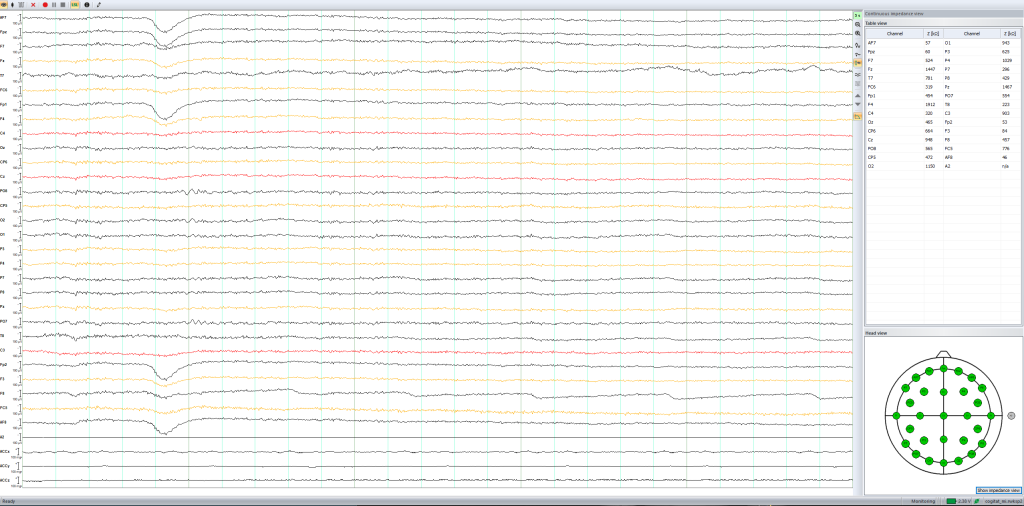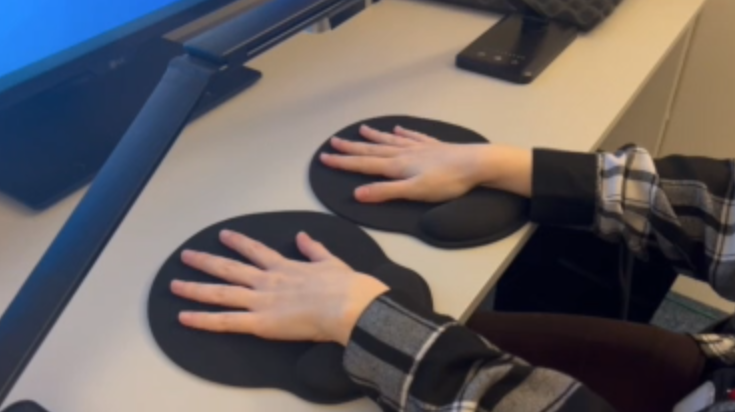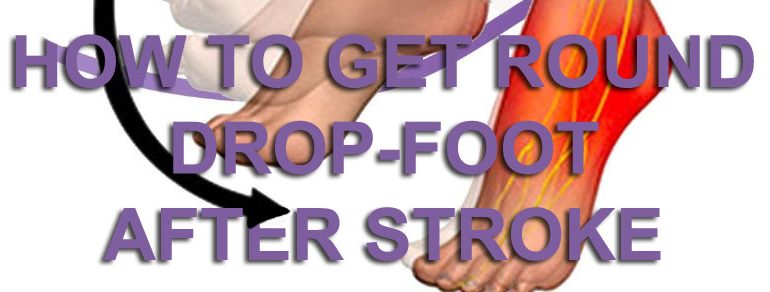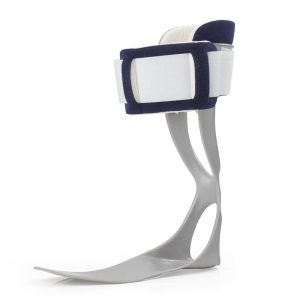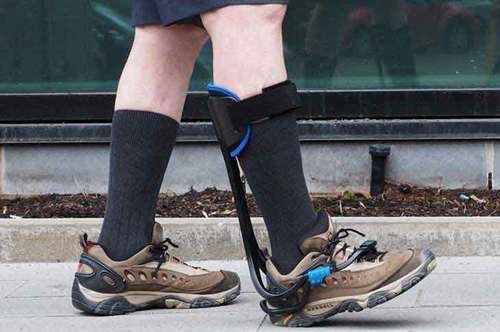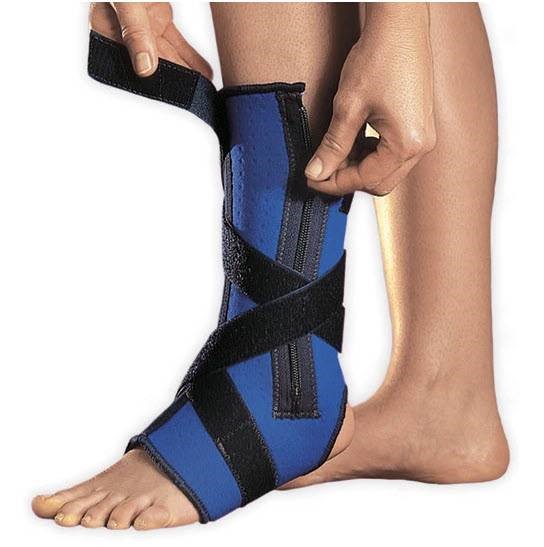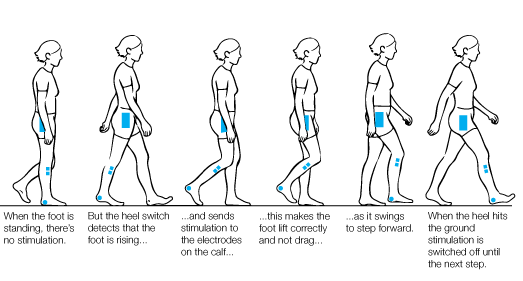Over the 23 years of service to the public, we have trained many thousands of people over the long term, and usually every day we have a kind thank you coming in via email. These are most treasured, because to be thanked continually for the difference our instructors make, reminds those who run ARNI what a valuable and unique national service has been created and continues to exist with kind support from personal donations.
Furthermore, that we have continually worked since 2001 using the most current evidence-based concepts/interventions (and have been able to at any time, point to the continually updated meta-analyses of the major studies to prove this is so) has been imperative in creating our reputation.
As has the privileges of being able to work alongside and have the support of so many world-class leaders in neurorehabilitation research and practice across the UK universities in order to ensure our patients have the best knowledge they need (from application of techniques and strategies, to customising the most applicable augmentations to therapy & training) to make positive progress at all stages and to figure out what to do when rehabilitation stalls so that they may get back onto their recovery pathway again.
Many stroke survivors, since the earliest days of the charity decided to thank us for successful rehabilitation by writing testimonials of the time that they were with us. These are great indications of the personalised care you will receive at ARNI. Press here to view. These are valuable sources of real-life experiences, and indicative of what you can expect from ARNI.
Here’s the very latest one:
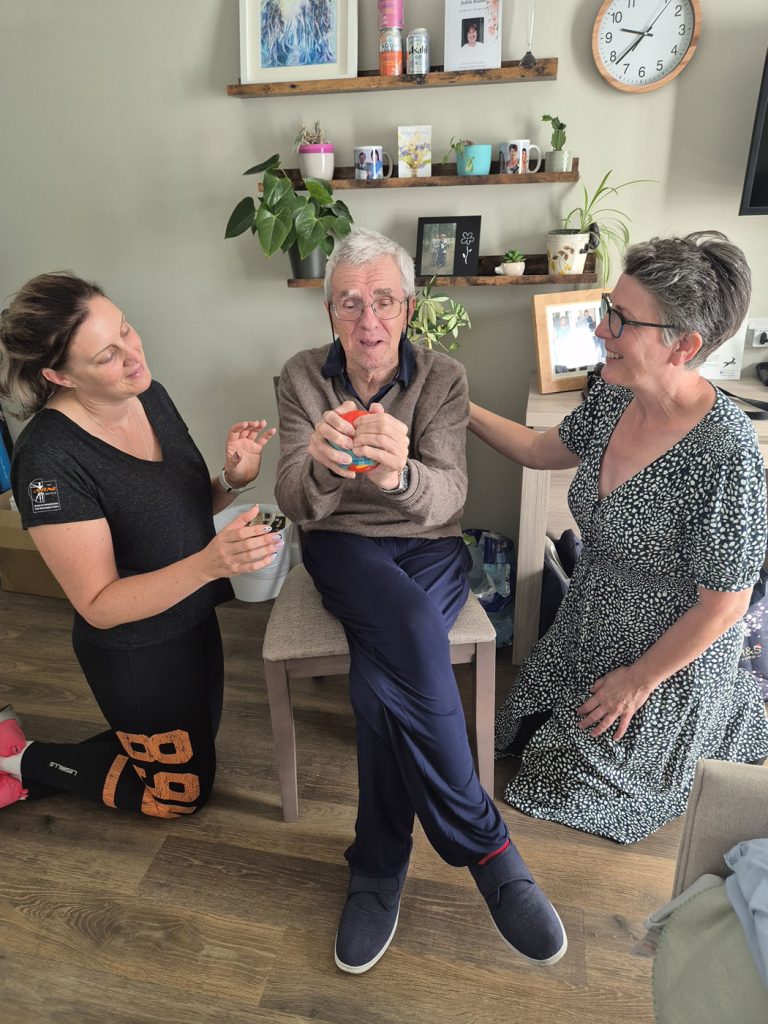 ANDREW (BY MARION). September 2024.
ANDREW (BY MARION). September 2024.
‘I found out about ARNI when I was calling around local physios trying to engage a mobile therapist for my step father, Andrew. It was proving impossible to find anyone willing to make visits to a residential care home. But one smart receptionist at a Lincoln practice knew about ARNI and told me I could contact the charity directly without a referral.
I hadn’t heard of ARNI before. My late mother had a stroke in 2012 and another in 2022. Why had I never heard of ARNI? The NHS gives short term physio support after a stroke. But if recovery is taking a little longer for you, then you risk being prematurely abandoned. Told you have reached the extent of your recovery. This is nonsense. You have just reached the extent of NHS funding.
Andrew, 5 months post stroke, was spending 90%+ of his day in bed at the Nursing and Care Home where he is at. Demotivated. Believing he was as good as he could be. Grieving for the loss of his wife. Anticipating the same outcome for himself. On a slippery slope.
When I made my enquiry I couldn’t believe how straight forward the process was. The immediate answer was, ‘yes – we can help’. The registration and paperwork was simple. An ARNI physio was identified and Natalie agreed to work with Andrew on weekly visits.
Three months into physio with Natalie and Andrew spends 90% of his waking day out of bed. A complete turn around.
He can mobilise unaided around his bedroom. He walks with a frame to the dining room for three meals a day. He is motivated to participate in social activities with other residents. He can take himself for a walk around the garden unaccompanied. Now he has the confidence to accept invitations to go out and can be collected by friends and go to public places.
ARNI, through Natalie, has given enormous hope to an 81yr old who thought he was destined to the same demise as his wife, who never regained mobility despite being desperately motivated to do so. Judith was a bed escaper! The response to this was to put the bed on the floor and lay out crash mats. The NHS assessment was that it was unsafe to allow her to try to walk. If only we’d known about ARNI then.
I firmly believe that ARNI services should be universally accessible and recommended by the NHS. There was no signposting from the medical profession. This is information that people who have had a stroke need to know.
According to Andrew, Natalie can read his mind. She knows when his blockers are emotional, not physical, and she knows how to motivate him beyond those. Truly, the intervention of ARNI has been life changing. An enormous relief for family who live hundreds of miles away. An inspiration to Andrew, and a long term hope of an active future’.
As far as any of the Testimonials one can find on the ARNI site are concerned, which go back to the earliest days of the charity, there are no miracles at all.
Only the successes (and failures) that came about when determined people who’ve had a major medical life incident made the effort and said to themselves ‘I’m not going to stay like this anymore…’ . They made the effort to enquire, do their research, took the decision to get the ARNI books, video streams via login, ask to be matched to an ARNI therapist, and most importantly, STAYED ON THE ‘RETRAINING TRACK’ afterwards.
We find that a majority continue on the self-rehab track they’ve developed, often because they grew to enjoy the process of working hard towards their own rehabilitation and realised via training at ARNI that this kind of intense interest in progressive self-development and self-improvement is highlighted in the neurorehabilitation evidence to be one of the keys to successful recovery from brain injury.
We feel that not one of these people did not recognise, by the end of the period that they chose to stay at ARNI, that the effort they put in translated directly towards their own progress in terms of functional improvement in movement, and increasing strength in both body and mind.
Furthermore, working with colleagues in neurorehabilitation research and practice across the UK universities and clinics to ensure our patients have the best knowledge they need (from application Of techniques and strategies, to customising the most applicable augmentations to therapy & training) to make positive progress at all stages (and to figure out what to do when rehabilitation stalls, in order to get back onto the recovery pathway again.
This is why from the earliest days, ARNI has concentrated on one-to-one re-training, so that survivors can move on to the next methods of long term rehab (back to life again – and joining in with community activities, involving in stroke survivor exercise groups etc and as appropriate.
Please call ARNI for Stroke Rehabilitation to find out more.
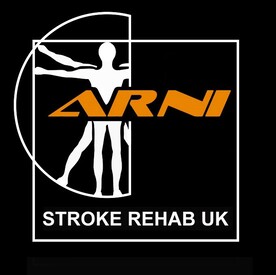


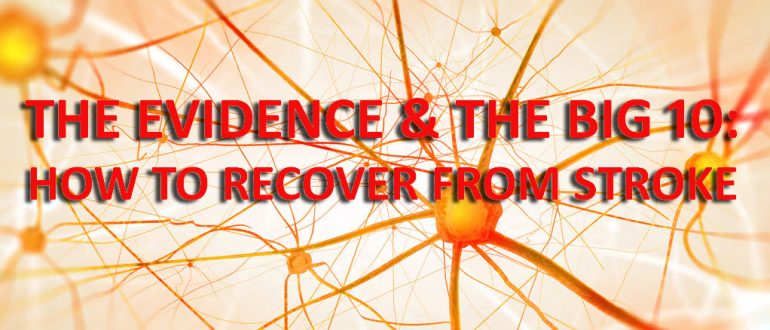
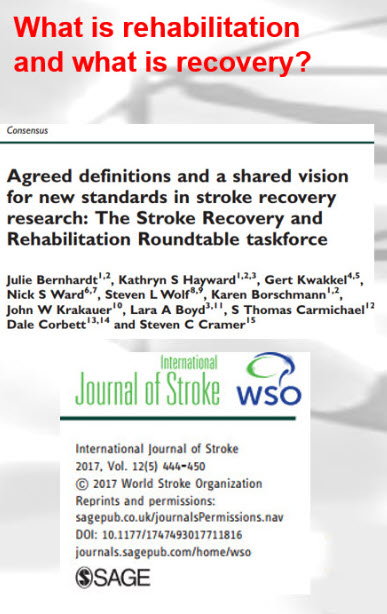

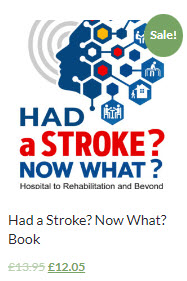
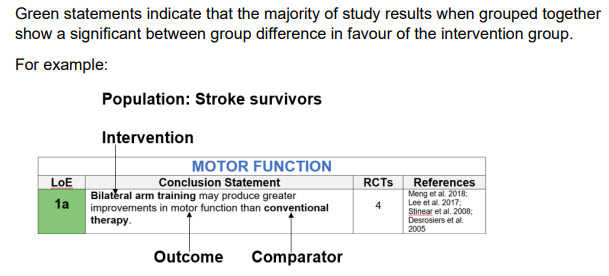
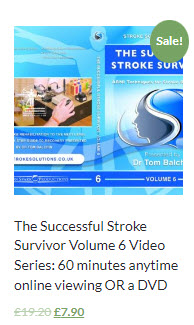

 The ‘sum of the evidence-base’ is the best we have to work with – it’s often a little out of date due to many factors, not least the nature of the time it takes to collate and display. But it’s being updated all the time. Also (I’ve found), there are very many very friendly experts in Universities who may certainly be approached in the right manner with a question or two, who will be able to refer you to online resources that may be appropriate to aid your further understanding. Ask me, if you like, and I may be able to help by asking a colleague researching in the area of your question.
The ‘sum of the evidence-base’ is the best we have to work with – it’s often a little out of date due to many factors, not least the nature of the time it takes to collate and display. But it’s being updated all the time. Also (I’ve found), there are very many very friendly experts in Universities who may certainly be approached in the right manner with a question or two, who will be able to refer you to online resources that may be appropriate to aid your further understanding. Ask me, if you like, and I may be able to help by asking a colleague researching in the area of your question.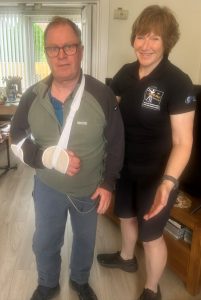 In short, as above, you need to try and understand the parameters of what you’re dealing with. This is something for when you’re now home or in other accommodation, such as your circumstances dictate.
In short, as above, you need to try and understand the parameters of what you’re dealing with. This is something for when you’re now home or in other accommodation, such as your circumstances dictate.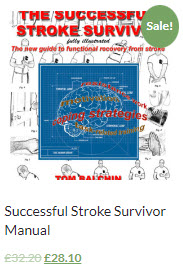
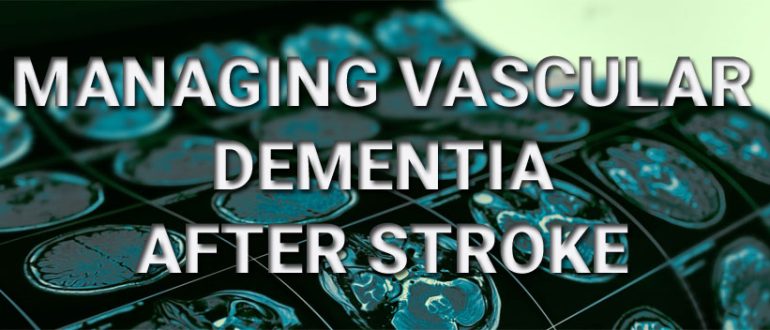
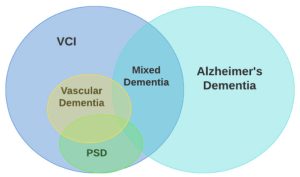 Each year there are more than 100,000 first-time strokes in the UK; and as you may have heard on the news a couple of weeks ago, this number is set to rise by 50% by 2035.
Each year there are more than 100,000 first-time strokes in the UK; and as you may have heard on the news a couple of weeks ago, this number is set to rise by 50% by 2035. 
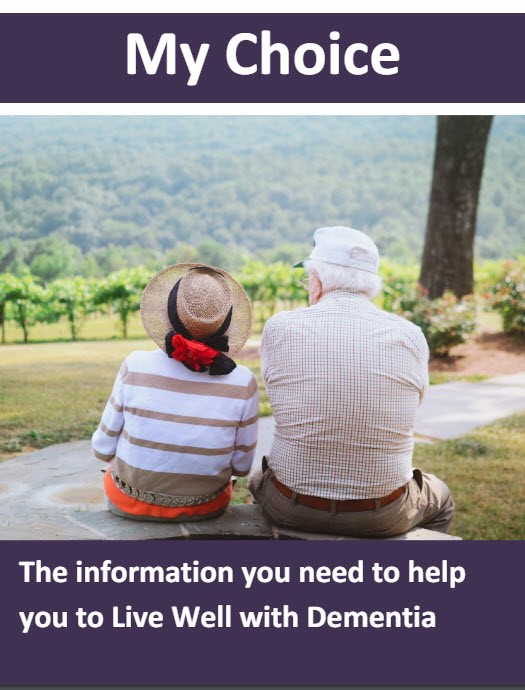
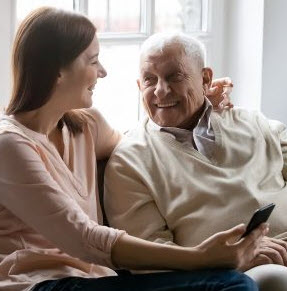 struggling with memory issues, who may find music therapeutic and relaxing. It lets users play the piano, even if they haven’t played it in years (or ever), for free. With a library of thousands of songs, people with Alzheimer’s and dementia can use the app to access old favourite songs and unlock good memories in the process.
struggling with memory issues, who may find music therapeutic and relaxing. It lets users play the piano, even if they haven’t played it in years (or ever), for free. With a library of thousands of songs, people with Alzheimer’s and dementia can use the app to access old favourite songs and unlock good memories in the process.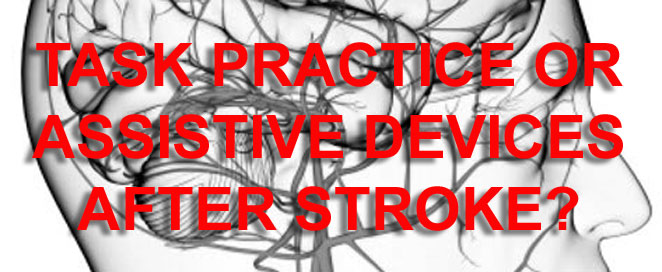
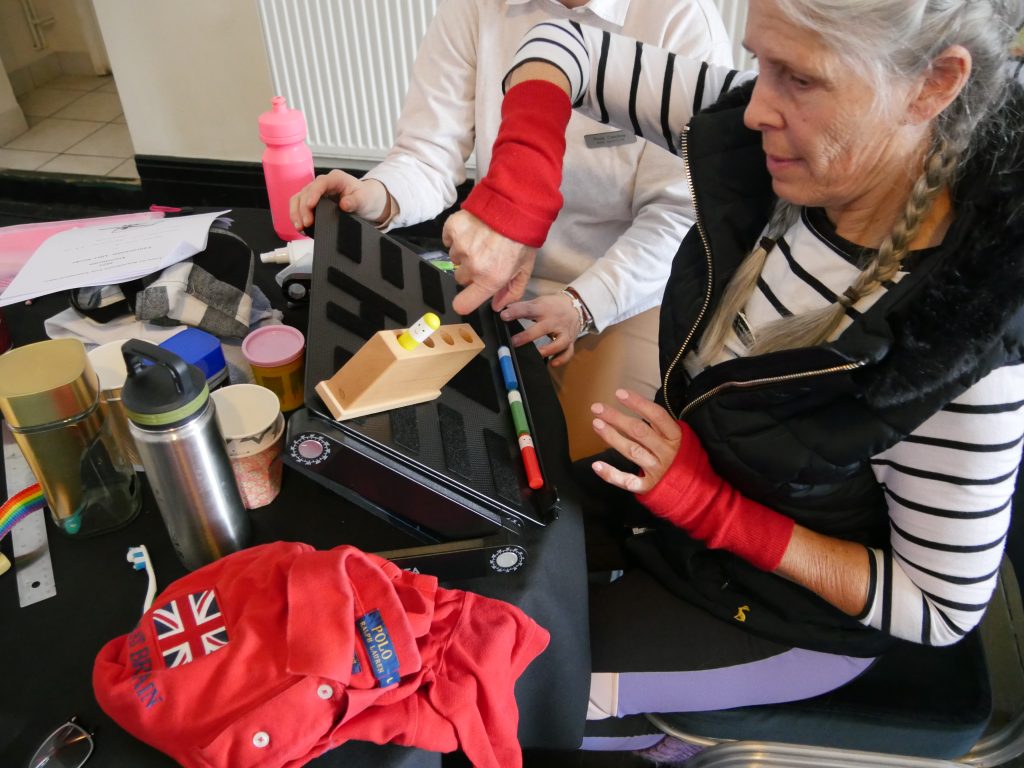
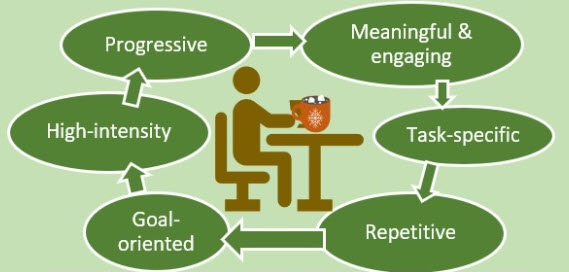 So, overall, whether using an assistive device or not when doing re-training, ‘task-practice’ is pretty much necessary/required.
So, overall, whether using an assistive device or not when doing re-training, ‘task-practice’ is pretty much necessary/required.  Task training is critical because it will ‘force’ you to practice using your more-affected limb. This is why the Evidence-Based Review of Stroke Rehabilitation (EBRSR) concludes that constraint induced movement therapy (CIMT) in clinical settings, for those who meet the qualifying criteria, shows strong evidence of benefit in comparison to traditional therapies in the chronic stage of stroke. CIMT is a great example of task training for the upper-limb. 30 to 66 % of stroke survivors report no longer being able to use the affected arm despite trying to rehabilitate and are in danger of avoiding using it (‘learned non-use’ or inattention/ neglect of the limb). Several factors might explain this phenomenon. First, you may see no reason to try and use your bad arm and therefore remain ignorant of underlying motor potential. Second, you may not know how to use any emerging isolated movement for functional performance.
Task training is critical because it will ‘force’ you to practice using your more-affected limb. This is why the Evidence-Based Review of Stroke Rehabilitation (EBRSR) concludes that constraint induced movement therapy (CIMT) in clinical settings, for those who meet the qualifying criteria, shows strong evidence of benefit in comparison to traditional therapies in the chronic stage of stroke. CIMT is a great example of task training for the upper-limb. 30 to 66 % of stroke survivors report no longer being able to use the affected arm despite trying to rehabilitate and are in danger of avoiding using it (‘learned non-use’ or inattention/ neglect of the limb). Several factors might explain this phenomenon. First, you may see no reason to try and use your bad arm and therefore remain ignorant of underlying motor potential. Second, you may not know how to use any emerging isolated movement for functional performance.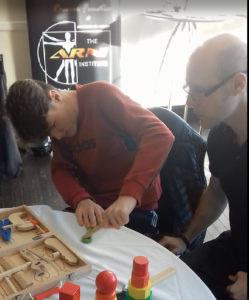
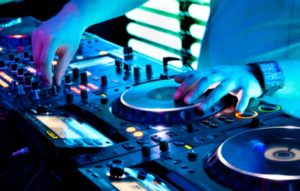 One great example: I created ‘DJ-Therapy’ to get my upper limb working again. I basically made up a hugely successful paradigm which was suitable for me. How I did it is all listed in
One great example: I created ‘DJ-Therapy’ to get my upper limb working again. I basically made up a hugely successful paradigm which was suitable for me. How I did it is all listed in 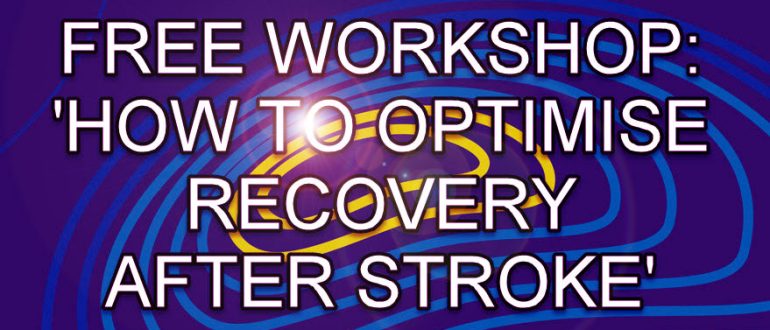
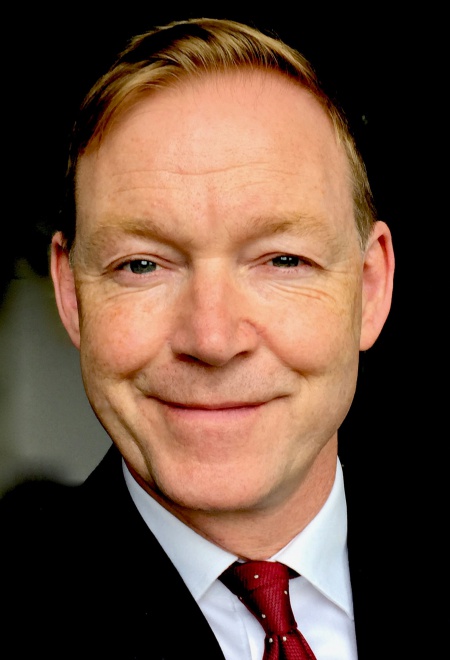
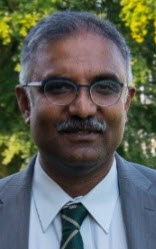
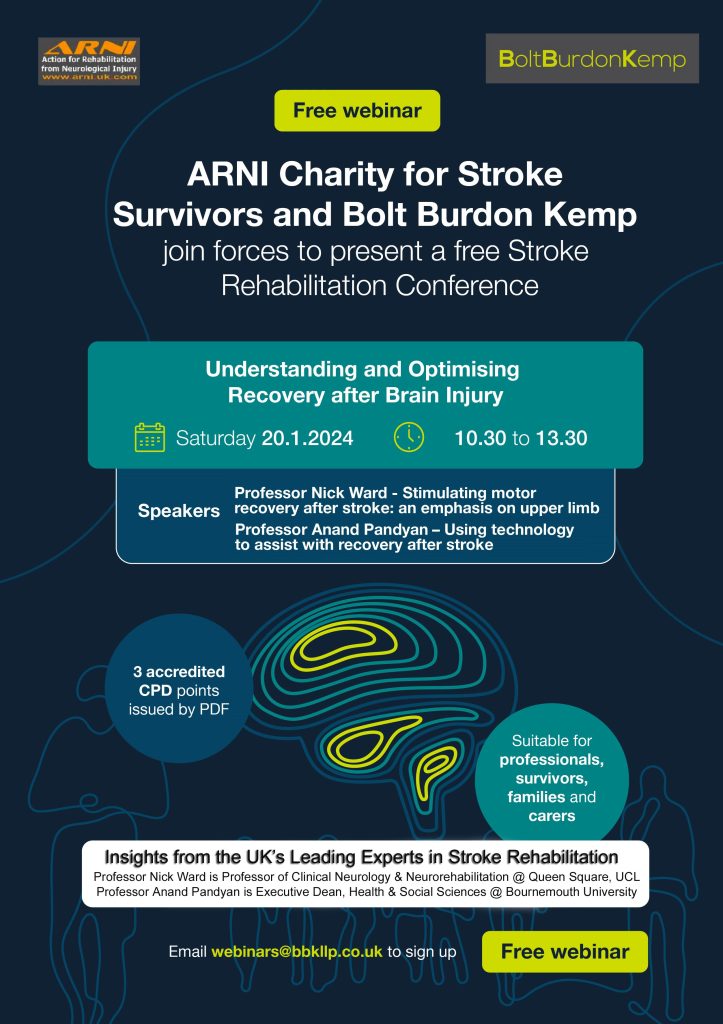
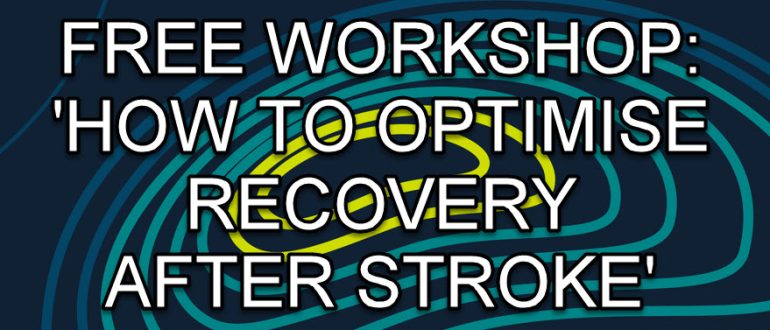

 Virtual reality (VR) basically means interactive simulations of activities within environments that appear and feel similar to real-world objects and events (augmented reality).
Virtual reality (VR) basically means interactive simulations of activities within environments that appear and feel similar to real-world objects and events (augmented reality).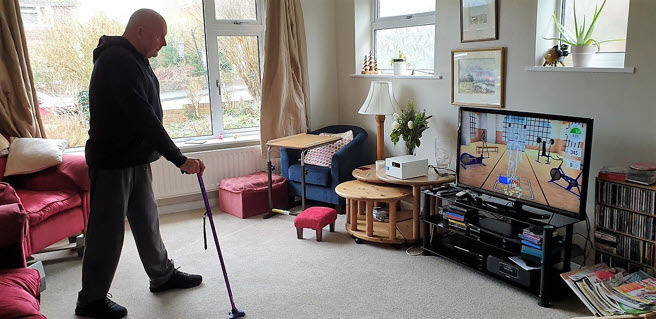 VR interventions can be expensive but most are usually created to be affordable. A set-up often features just a keyboard, a mouse, a specialised multi-modal device such as a console or gloves with built-in movement sensors. Haptic devices are a good example of this. VR devices often provide feedback on movement execution and goal attainment. Many will help you to repetitively practice large and small movement-based tasks through the use of fun and motivating activities that can be completed while sitting, standing or lying.
VR interventions can be expensive but most are usually created to be affordable. A set-up often features just a keyboard, a mouse, a specialised multi-modal device such as a console or gloves with built-in movement sensors. Haptic devices are a good example of this. VR devices often provide feedback on movement execution and goal attainment. Many will help you to repetitively practice large and small movement-based tasks through the use of fun and motivating activities that can be completed while sitting, standing or lying. A
A 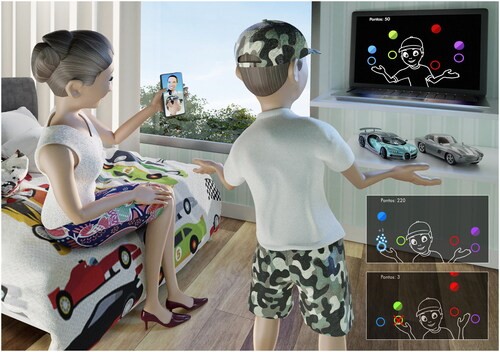
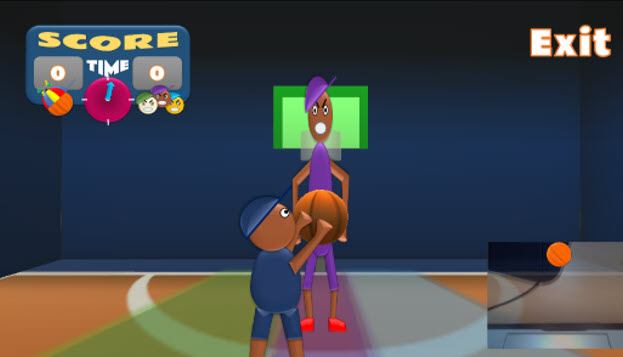

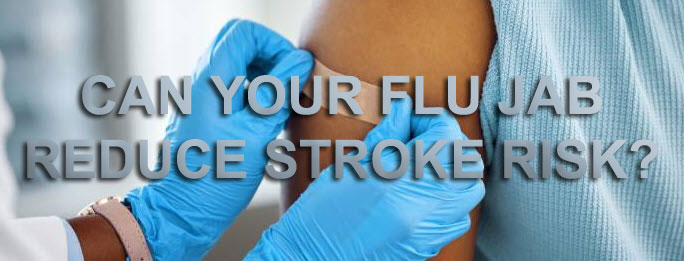
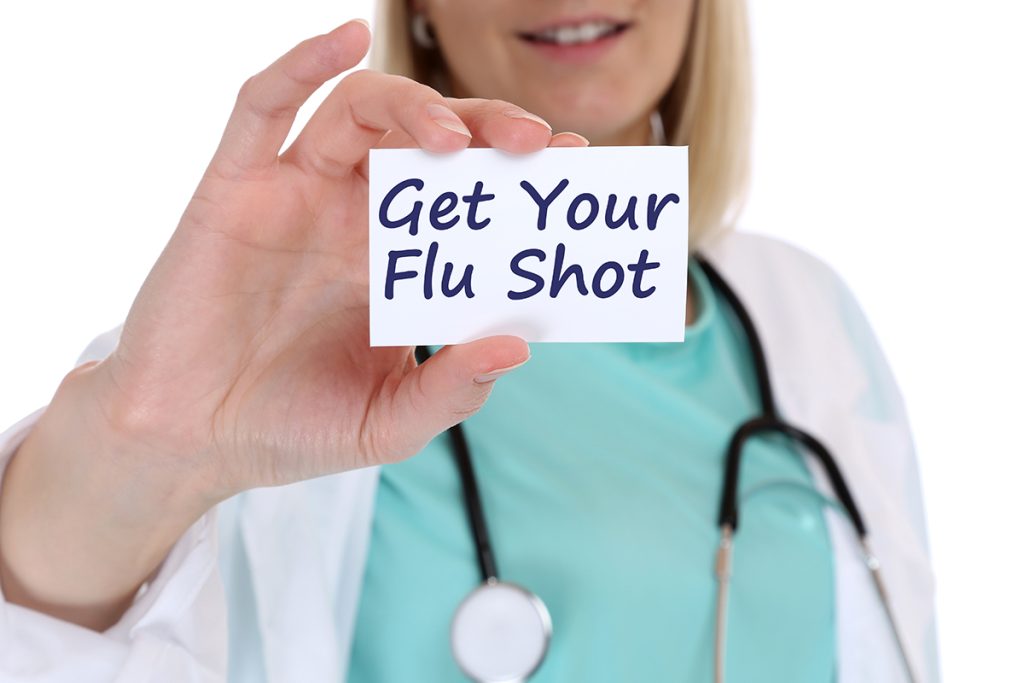

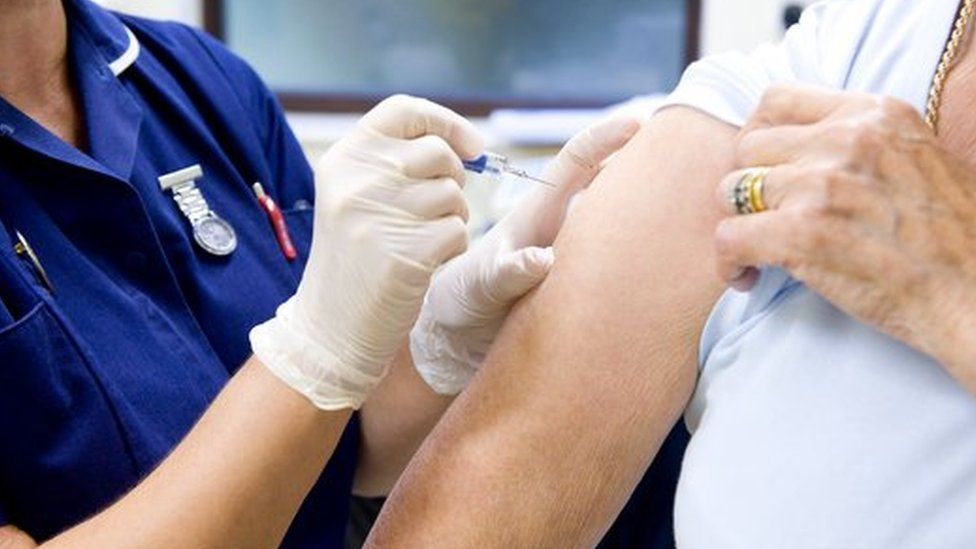 Another
Another 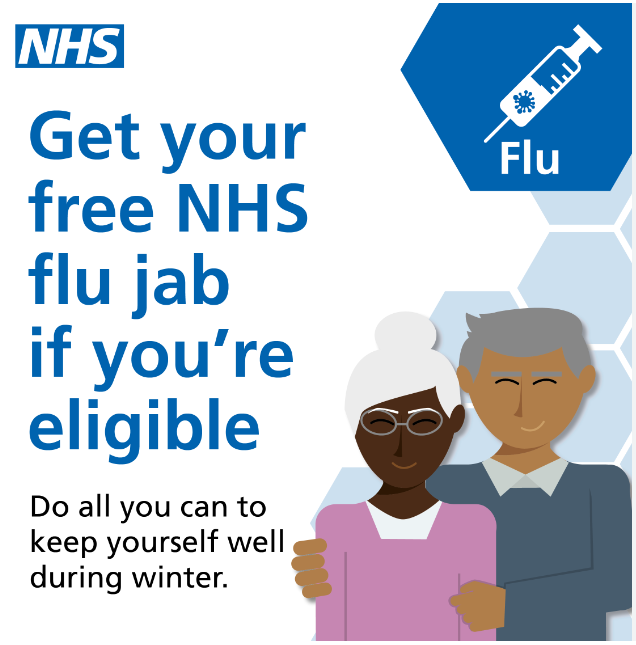 The analysis was limited in many ways: for example. the highest number of studies conducted to date have been in Asia, Europe, and North America, and no studies have been reported from Africa, South America, and Australia, so this problem adversely affected the generalisability of the study results. Nevertheless, the results of this large-scale meta-analysis show that, compared to the elderly who did not receive the flu vaccine,
The analysis was limited in many ways: for example. the highest number of studies conducted to date have been in Asia, Europe, and North America, and no studies have been reported from Africa, South America, and Australia, so this problem adversely affected the generalisability of the study results. Nevertheless, the results of this large-scale meta-analysis show that, compared to the elderly who did not receive the flu vaccine,

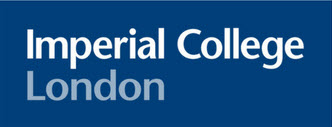 The Department of Computing at Imperial College London is evaluating a platform called ‘CogiGames Home’, and have asked ARNI Charity to pass this message below to stroke survivors, carers (and professionals to forward if appropriate):
The Department of Computing at Imperial College London is evaluating a platform called ‘CogiGames Home’, and have asked ARNI Charity to pass this message below to stroke survivors, carers (and professionals to forward if appropriate): 